In a noteworthy shift in the Indian retail landscape, the Indian fashion and apparel sector has emerged as the dominant force in retail store leasing for the first quarter of 2024. According to a recent report by JLL , this sector accounted for a substantial 40% of the total leasing volume of 1.1 million square feet across India’s top seven cities. This surge underscores the robust expansion and consumer demand within the fashion industry, setting a promising tone for the rest of the year.
Major Contributors to Leasing Activity
The cities of Mumbai, Delhi NCR, and Bengaluru were the primary hubs for this leasing activity, comprising around 70% of the total volume. Let's take a closer look at the data from each of the top seven cities:
1. Mumbai: As the financial capital of India, Mumbai continues to be a prime location for retail leasing. The city accounted for approximately 25% of the total leasing activity, driven by high consumer spending and a diverse market. Key areas such as Lower Parel, Bandra, and Andheri saw significant leasing activity, with fashion brands expanding their presence in both malls and high streets.
2. Delhi-NCR: The National Capital Region (NCR) remains a vital market for retail leasing, contributing about 20% to the total volume. High-end retail centers in areas like Saket, Vasant Kunj, and Gurgaon attracted numerous fashion brands. The region's affluent consumer base and large population make it an attractive destination for both domestic and international retailers.
3. Bengaluru: Known as the Silicon Valley of India, Bengaluru accounted for around 15% of the total retail leasing volume. The city's tech-savvy and young population, coupled with a rising disposable income, has made it a hotspot for fashion retail. Prominent retail hubs like Indiranagar, Koramangala, and Whitefield saw increased leasing activity.
4. Hyderabad: This city contributed approximately 12% to the total leasing volume. Hyderabad's rapid urbanization and growing IT industry have boosted its retail market. Areas like Banjara Hills, Jubilee Hills, and Gachibowli are popular among retailers, with fashion brands expanding their footprint to cater to the city's evolving consumer base.
5. Pune: Pune, with its burgeoning population of young professionals and students, accounted for about 10% of the retail leasing activity. Retail centers in Koregaon Park, Viman Nagar, and Aundh witnessed significant interest from fashion brands looking to tap into the city's dynamic market.
6. Chennai: Contributing 8% to the total leasing volume, Chennai's retail market is growing steadily. The city's mix of traditional and modern consumers makes it an attractive destination for fashion retailers. Key areas like T Nagar, Velachery, and Anna Nagar saw substantial leasing activity.
7. Kolkata: The cultural capital of India, Kolkata, accounted for around 5% of the total retail leasing activity. Retailers focused on areas such as Park Street, Elgin Road, and Salt Lake City to establish their presence. The city's rich cultural heritage and growing middle class have made it a promising market for fashion brands.
Mid-Segment and Value Segment Brands
The substantial share captured by mid-segment brands in the fashion sector can be attributed to several factors. Mid-segment brands offer a balance of quality and affordability, appealing to a broad demographic. These brands are particularly attractive to the burgeoning middle class in India, which is increasingly looking for value-for-money products without compromising on quality. The growth in disposable income and the shift in consumer behavior towards branded products have further fueled this segment's expansion.
Value segment brands, on the other hand, cater to the price-sensitive segment of the population. These brands offer products at lower price points, making fashion accessible to a larger audience. The value segment’s significant share indicates that there is still a considerable demand for affordable fashion in India, driven by a diverse consumer base that includes both urban and rural markets.
Expansion of Domestic Brands
The dominance of domestic brands in the retail leasing landscape highlights the strength and resilience of Indian brands in the face of increasing competition from international players. Domestic brands accounted for an impressive 76% share of the retail leasing activity. This trend reflects the strong presence and growth of Indian brands within the market, showcasing their ability to innovate and adapt to changing consumer preferences.
Many domestic brands have successfully expanded their footprint by entering new markets and launching retail stores. These brands have leveraged their deep understanding of local consumer behavior and preferences to tailor their offerings accordingly. Moreover, the rise of e-commerce has allowed domestic brands to reach a wider audience, further boosting their growth.
Entry of International Brands
The report also noted the entry of seven international brands into the Indian market during this period. Delhi NCR and Mumbai emerged as the preferred locations for these brands, highlighting the attractiveness of these cities as retail hubs. The majority of these international brands were in the beauty and cosmetics category, a sector that has seen unprecedented growth in recent years.
The entry of these international brands into India signifies the growing appeal of the Indian market to global players. These brands are attracted by the large and youthful consumer base, increasing purchasing power, and evolving consumer preferences. The beauty and cosmetics segment, in particular, has witnessed significant growth, driven by rising awareness about personal grooming and a growing inclination towards premium products.
Role of Multi-Brand Outlets
A significant aspect of the growth in the beauty and cosmetics segment is the role of multi-brand outlets (MBOs). These outlets facilitate the entry of global brands into the Indian market while also supporting the expansion of premium Indian brands. MBOs offer consumers a wide range of products under one roof, providing convenience and variety.
The presence of MBOs has been instrumental in driving the growth of the beauty and cosmetics segment. They not only offer international brands a platform to showcase their products but also allow domestic brands to compete on a level playing field. This has led to increased competition, which in turn has driven innovation and improved product offerings in the market.
Prime Retail Spaces in High Demand
The demand for prime retail spaces with high footfall remains robust across India. Both international retailers and leading national brands are showing a strong appetite for superior-grade retail developments. Samantak Das, JLL India’s Chief Economist and Head of Research, highlighted that vacancy levels in top-quality retail centers were low, around 6%. This low vacancy rate indicates a strong demand for well-managed retail spaces that offer high visibility and attract a steady stream of customers.
However, average retail developments experienced higher vacancy rates, approximately 20%. This discrepancy suggests that while there is a strong demand for prime retail spaces, there are challenges in managing and maintaining average retail properties. Efforts are underway to revitalize non-performing and poorly managed retail developments, with some being repurposed or transformed to meet evolving market demands. These efforts include upgrading facilities, improving tenant mix, and enhancing customer experience to attract more footfall and reduce vacancy rates.
Surge in New Retail Developments
Rahul Arora, Head of Office Leasing & Retail Services at JLL India, noted that the organized retail market in India has witnessed a surge in new developments over the past few years. This surge has led to a heightened velocity of launches across urban centers and emerging cities. Retailers are motivated to expand their footprint into newer micro-markets, bringing them closer to consumers.
The increase in new retail developments is driven by several factors. The rise of urbanization and the growth of tier 2 and tier 3 cities have created new opportunities for retailers. These emerging markets offer untapped potential and are less saturated compared to major metropolitan areas. Additionally, the growth of infrastructure and improved connectivity have made it easier for retailers to expand into these regions.
Future Prospects
The report also mentioned that the majority of the upcoming retail supply, approximately 45 million square feet, is lease-based. This allows developers to have greater control over the quality of the tenant mix and day-to-day management of the property, thereby enabling them to command higher rentals. The lease-based model offers several advantages, including better maintenance of retail spaces, enhanced customer experience, and improved tenant relations.
The Indian retail sector’s evolution is marked by a shift towards organized retail centers, strategic expansion of brands, and a focus on providing unique consumer experiences. The robust demand for quality retail spaces and the increasing footprint of organized retail developments reflect the sector's resilience and potential for continued expansion.
Conclusion
The first quarter of 2024 has underscored the dynamic nature of India’s retail sector, with fashion and apparel leading the leasing activity. The significant contributions from mid-segment and value segment brands, along with the rise of domestic and international brands, paint a promising picture for the future.
As the market continues to evolve, the focus on prime retail spaces, innovative retail formats, and strategic expansions will likely drive further growth in the sector. The robust demand for quality retail spaces and the increasing footprint of organized retail developments reflect the sector's resilience and potential for continued expansion. The ongoing efforts to revitalize and repurpose retail developments will play a crucial role in meeting the evolving demands of consumers and ensuring sustained growth in the Indian retail market.
Image source- forbes.com

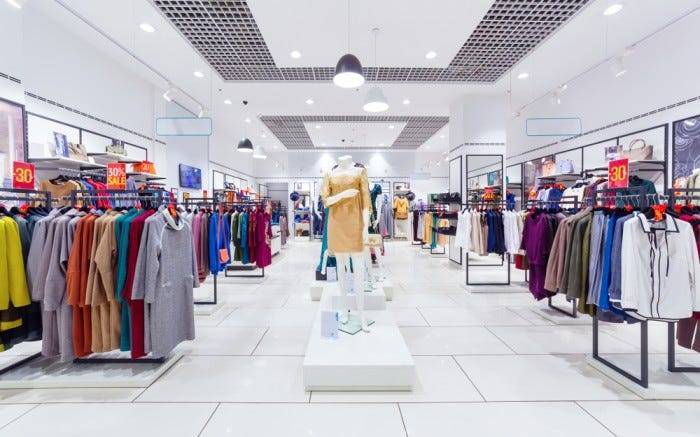
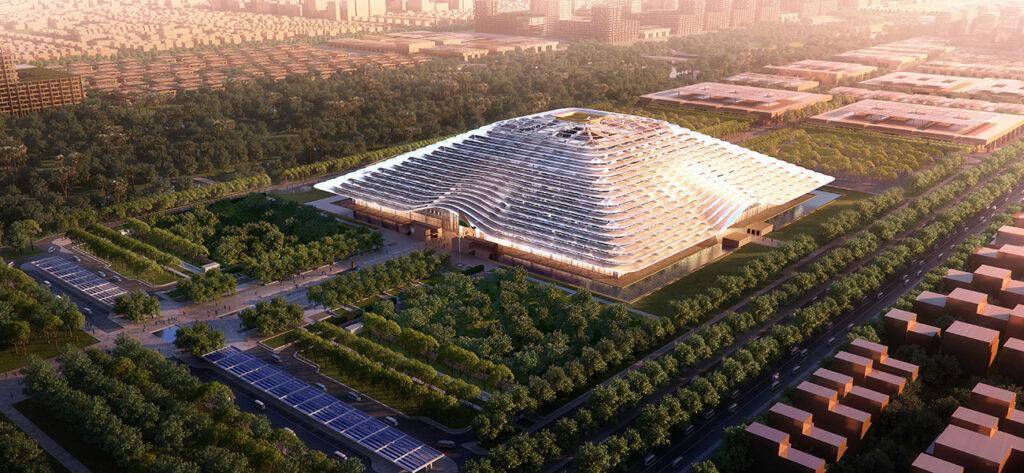

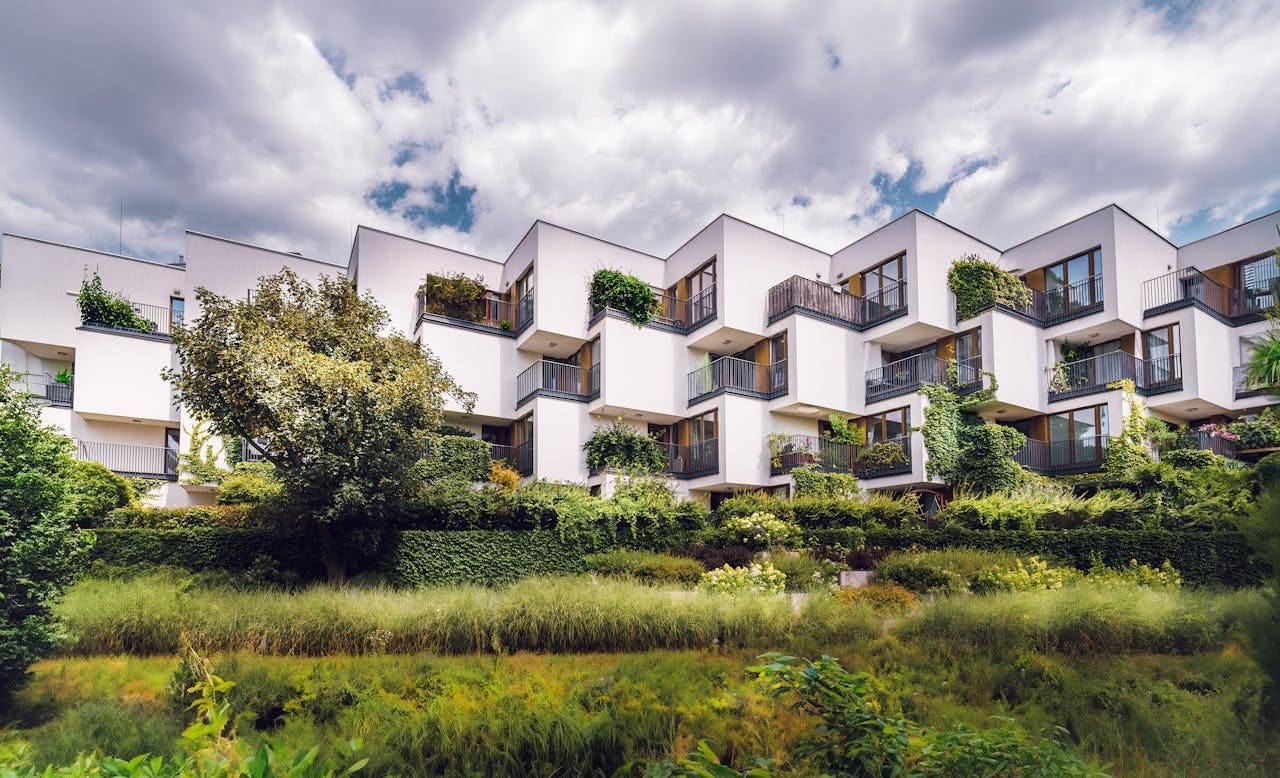
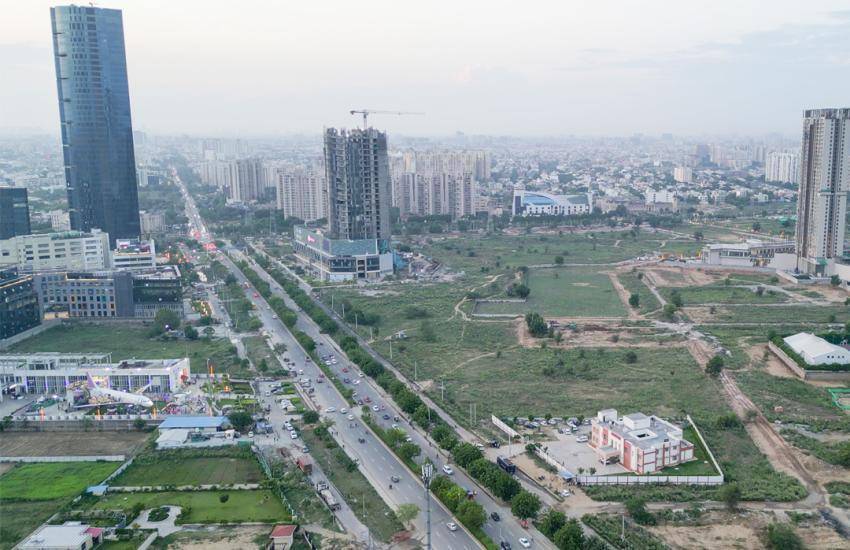

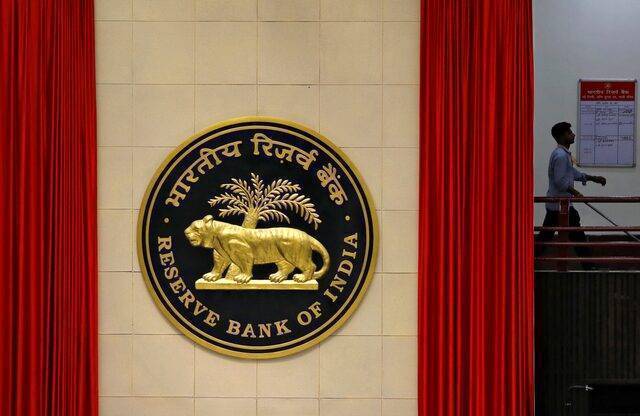

.png)